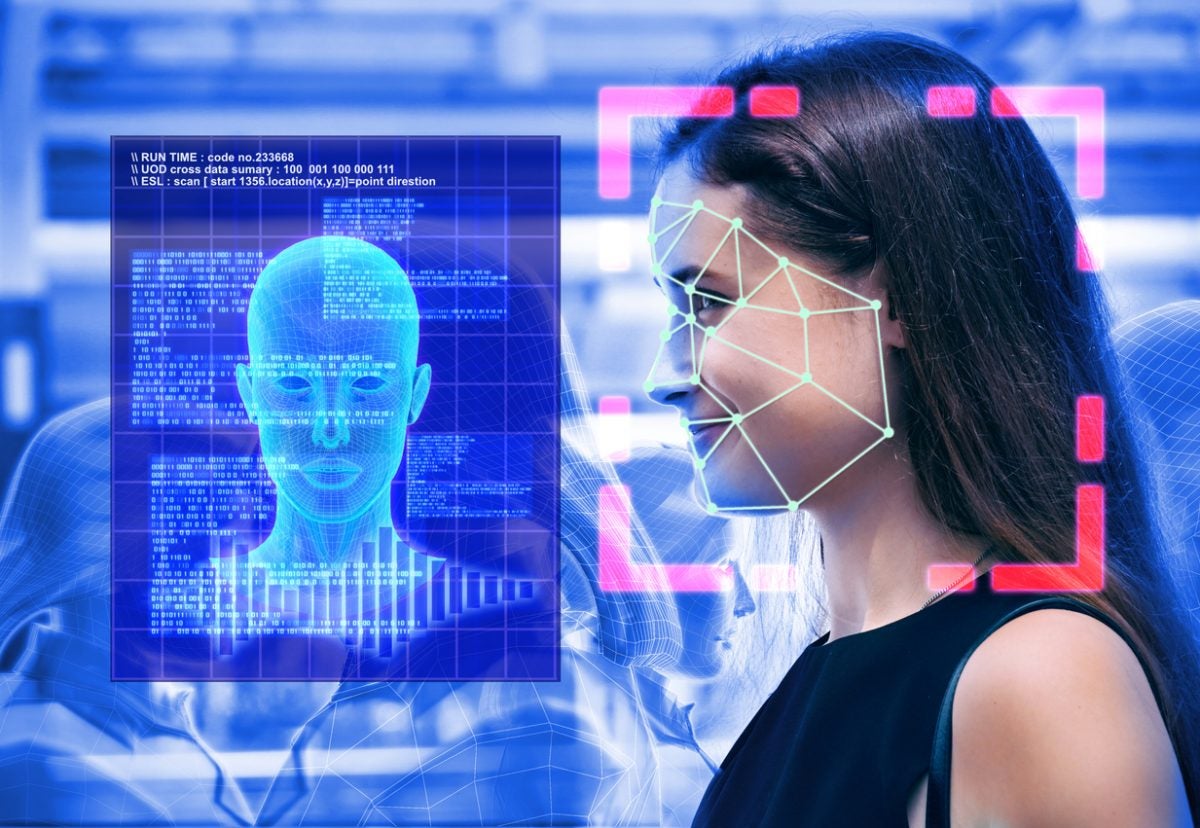
Emotion Detection And Recognition Market Size

In this rapidly changing world of technology, emotion detection and recognition market is projected to show major growth prospects during the forecast period. Due to technological advancements, there is increasing adoption of emotion detection and recognition applications on a wider platform.
As compared to other regions, the emotion detection and recognition market in North America is expected to witness significant growth during the forecast period. U.S and Canada are anticipated to drive the growth of emotion detection and recognition market. This is owing to the presence of large number of established players in that region. Huge governmental investments in security and increased public awareness are major factors driving the market growth of emotion detection and recognition market.
In addition to this the region also has a well-established infrastructure which allows higher penetration of devices which ultimately provides high speed connectivity and is expected to be a major factor for the growth of emotion detection and recognition market.
The emotion detection and recognition market is growing rapidly over 39% of CAGR and is expected to reach at approx. USD 65 billion by the end of forecast period.
Emotion recognition is a method that offers advanced image processing and enables a program to “read” the emotions, such as joy, sadness, anger, fear, disgust, trust, surprise, and so on, of a human face. Numerous players are trialing by combining image processing methods with complex algorithms that have emerged over the past 10 years. This has been employed to comprehend more about a person’s feelings with the help of a facial image or video. Emotion recognition systems are becoming one of the newest trends in the global IT market. These progressive solutions capture and examine the human emotions from numerous sources, where the human voice functions as one of the major ones. Emotion recognition abilities are required to maintain natural and effectual human-computer interaction, generate marketing considerations, help to determine entertainment content across large depositories and playlists, enable operational eLearning through e-tutors, and many more. The global market is driven by substantial growth of the Internet of Things (IoT), an increase in the popularity of wearable technology, and a rise in the usage of smartphones globally. However, the great cost of application, functional requirements, and misunderstanding in the analysis of emotions impede the emotion detection and recognition market growth. Though artificial intelligence (AI) is anticipated to unleash the following wave of digital disruption, the constraint of AI to recognize human emotion still remains a challenge. Moreover, in the past couple of years, augmented access to data, low-cost computing power, and developing NLP along with digital learning is empowering the systems to analyze human emotions.
The biosensor technology is expected to grow at the highest growth during the coming years owing to the incorporation of several technologies like ECG, EMG, EEG, fMRI, GSR, eye tracking, and wearable technology. Wearable biosensors have gained much popularity owing to its increasing number of applications, especially in the military, defense, and healthcare. Key influencers of the market are the growing need for better customer experience, as emotional connection also plays a vital role along with customer satisfaction, the growing demand for a human touch in digital communications (Chatbots), and trials in language context and facial recognition. The ever increasing adoption of wearable devices, which encompasses fitness bands, smartwatches, smart glasses, and smart textiles, will enable the development of the EDR market. IoT involves monitoring and responding to all devices in accordance with the mood, emotion, and actions of a person. There are devices that pass information to one another without human intervention, such as input from a sensor that controls the output of industrial development at a remote installation. Emotion-sensing technology has viewed a swift shift from an experimental phase to realism. For instance, the way in which questions are asked, and emotions are exhibited on the mood-tracking app (Moodnotes) is intended to understand the mental health of the user.
The essential areas where emotion detection and recognition are projected to gain traction include entertainment (signifcantly gaming), healthcare (various types of diagnostics), transportation (autonomous cars), and retail (to enhance customer experience).
More Information@
About Market Research Future:
At Market Research Future (MRFR), we enable our customers to unravel the complexity of various industries through our Cooked Research Reports (CRR), Half-Cooked Research Reports (HCRR), Raw Research Reports (3R), Continuous-Feed Research (CFR), and Market Research and Consulting Services.
Contact:
Market Research Future
+1 646 845 9312
Email: [email protected]























